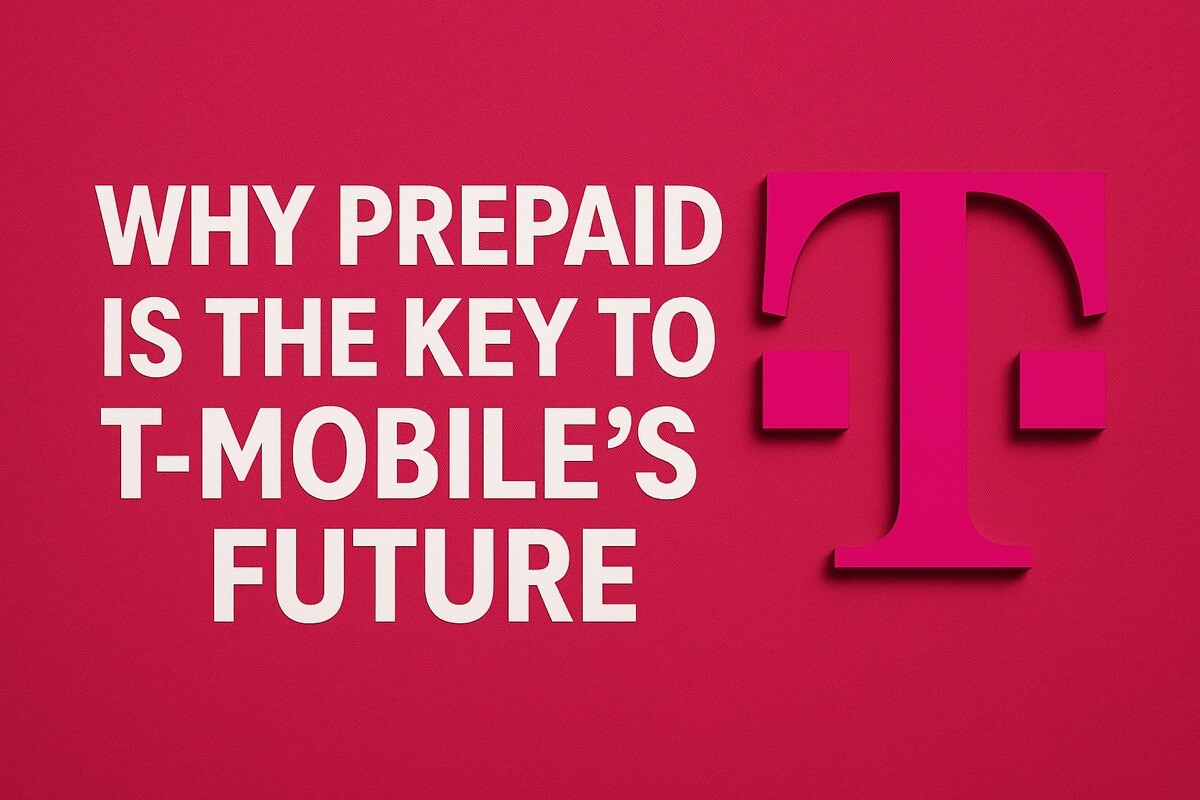
Why Prepaid Is the Key to T-Mobile’s Future
T-Mobile keeps hemorrhaging contract customers, but its success in the prepaid market may pave a path to better fortunes, though catching up to bigger carriers will remain a challenge.
T-Mobile eked out a $207 million profit for its second quarter, higher than analysts predicted, though profits were down from the previous quarter and the carrier has a serious problem with its contract customers.
Losses Post-Merger with AT&T
Since its merger with AT&T failed, contract customers have fled T-Mobile in droves, as it lost 557,000 this quarter alone. The loss of the most lucrative customers spells bad news for the company’s finances, and highlights the difficulty of competing in a wireless market dominated by two key players.
Offsetting with Prepaid Gains
T-Mobile is offsetting the contract exodus by gaining a significant number of prepaid customers, which don’t bring in as much money as postpaid customers. They are just about the only thing standing between the carrier and landing in the red, since the gain in prepaid customers halved the net amount of customers lost.
Challenges and Strategic Confusion
Taking parent company Deutsche Telecom’s struggles in Europe into account, T-Mobile isn’t doing half-bad for only recently surviving a botched merger with AT&T and missing the boat on the iPhone, and it’s relatively strong showing stems from these prepaid deals.
But finding prepaid customers doesn’t appear to be T-Mobile’s main goal now, and the company’s plans are unclear. The carrier’s attempts to turn things around are all over the place, and sometimes contradictory, bulking up its spectrum in one deal and giving up control of towers in another, suggesting a general confusion about how to proceed.
Recent Losses and Survival Tactics
The carrier remains in survival mode, as its recent $2 million deal to sell some of its towers suggests. Even as it gears up to implement an LTE network, swapping spectrum with smaller carrier Leap to get the ball rolling, the carrier continues to make compromises like relinquishing ownership of towers to stay afloat.
T-Mobile’s towers aren’t the only recent major loss. In June, CEO Philip Humm resigned to join a competitor, signaling problems finding a path to better footing in the market.
Focus on Prepaid Market
The fourth-place carrier can find greater success by capitalizing on what it does right. Even though contact customers bring in money, T-Mobile is losing their interest at a rapid speed. It may be unwise to completely abandon attempts to reclaim these subscribers, but T-Mobile may benefit from diverting resources into further building its reputation as a prepaid carrier, since that’s the area it is making the most gains.
Benefits of Prepaid Strategy
The benefits of channeling marketing dollars into the prepaid sector are shining through this quarter’s report, since much of the added business came from T-Mobile’s heavily advertised 4G Monthly No Contract plans. If the company can continue to rely on deals like that and come up with even more attractive prepaid options, it could establish itself as the premiere prepaid carrier, especially as these kind of contracts gain traction with consumers.
Future Outlook
And since its prepaid-no contract offers include hearty data plans, they could woo customers frustrated by AT&T and Verizon’s recent data plan bundling strategy.
Chance are T-Mobile will get its LTE network up and running in time to support the next iPhone, one possible way the company could stem the tide of fleeing contracts. However, the carrier has to continue attracting prepaid customers to offset the exodus of contracts likely to continue into 2013. And in the long term, the carrier will find it difficult to regain its lost contract customers without updated networks and the iPhone, since high-speed connections and Apple’s latest gadgets are highly in demand and offered by T-Mobile’s competitors.
Necessary Steps for Survival
If T-Mobile wants to stay in the running as a contract-based carrier, keeping its network up-to-date and offering the most coveted handsets are two necessary steps. But in the meantime, it has nothing to lose by grabbing for the prepaid market with both hands, coming up with attractive campaigns and investing money in advertising them.

